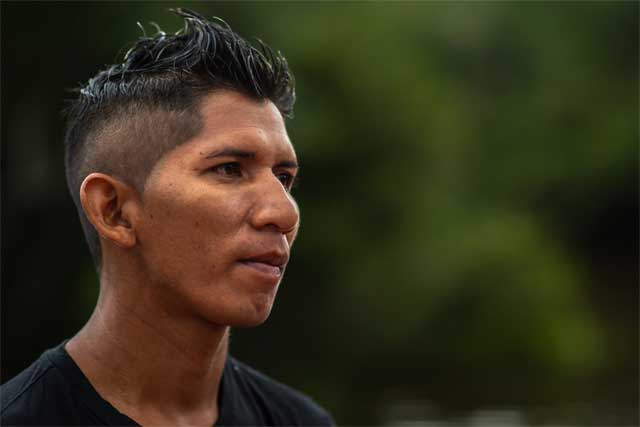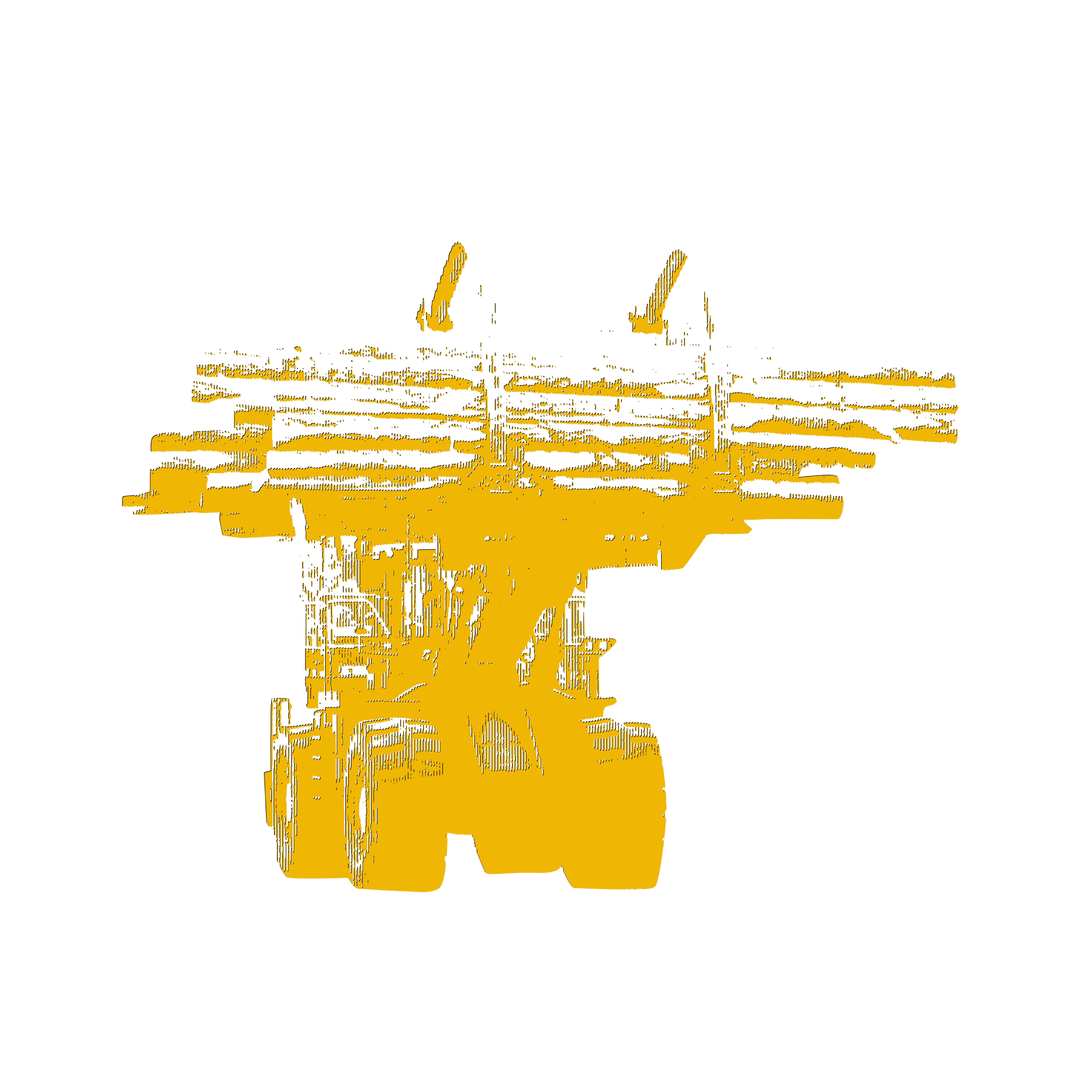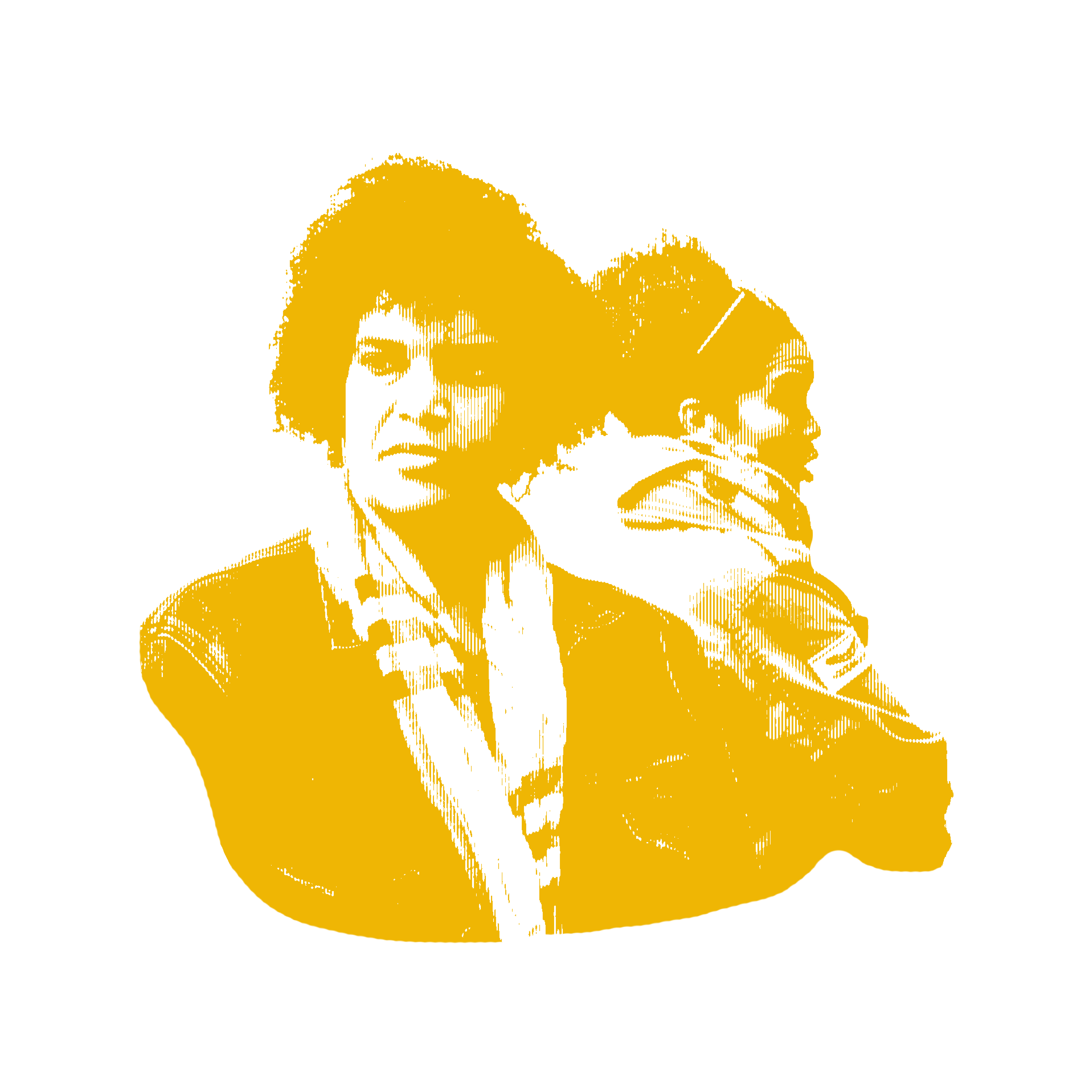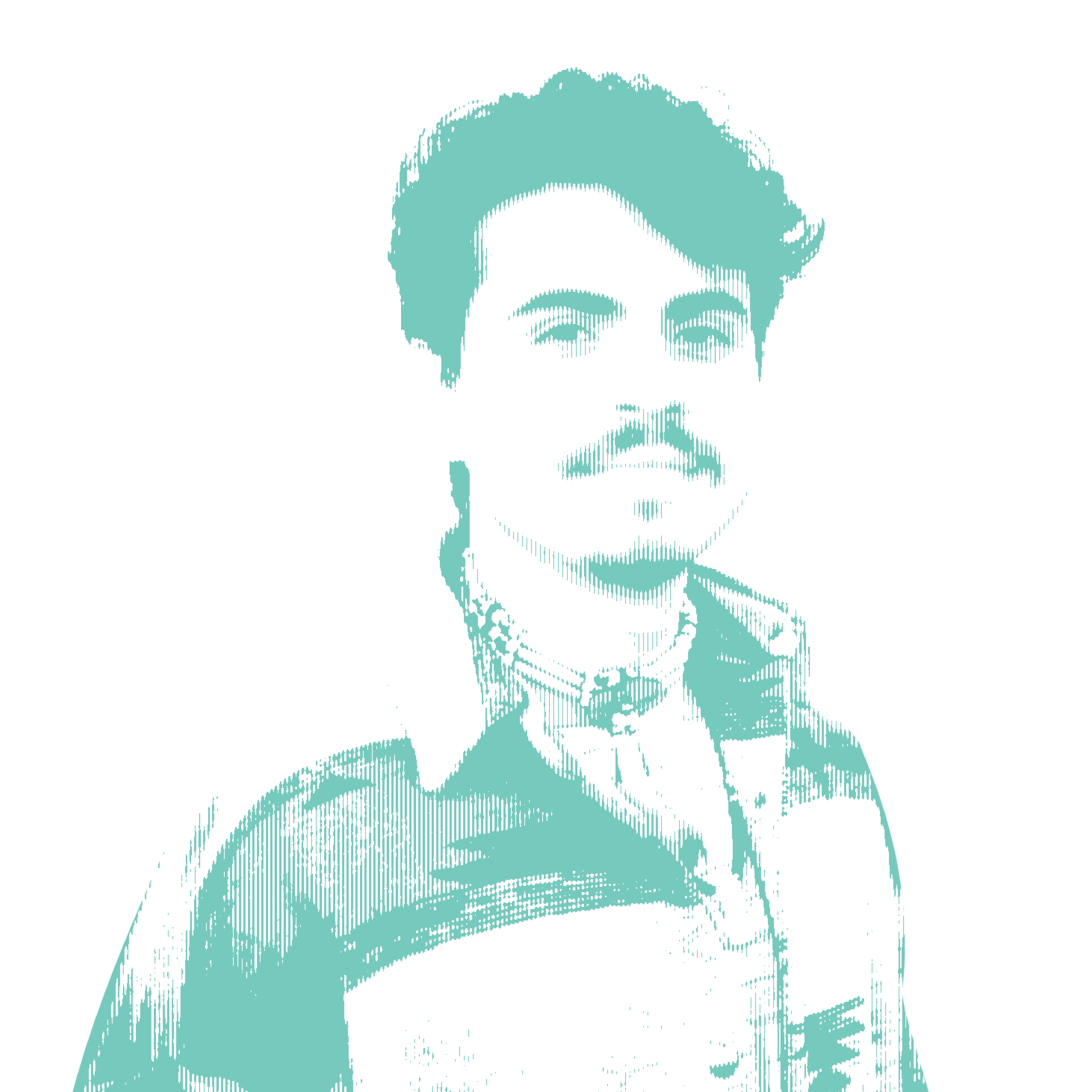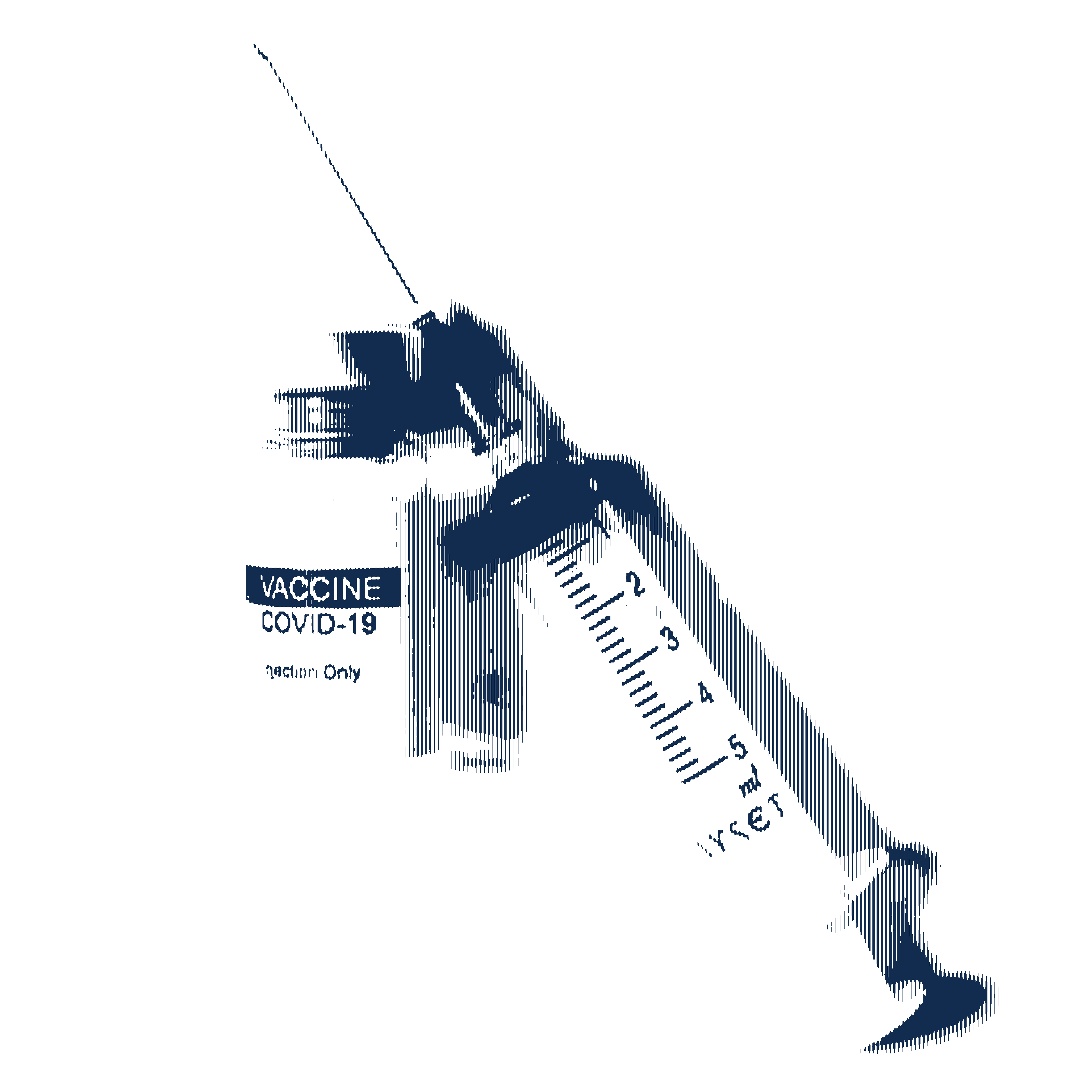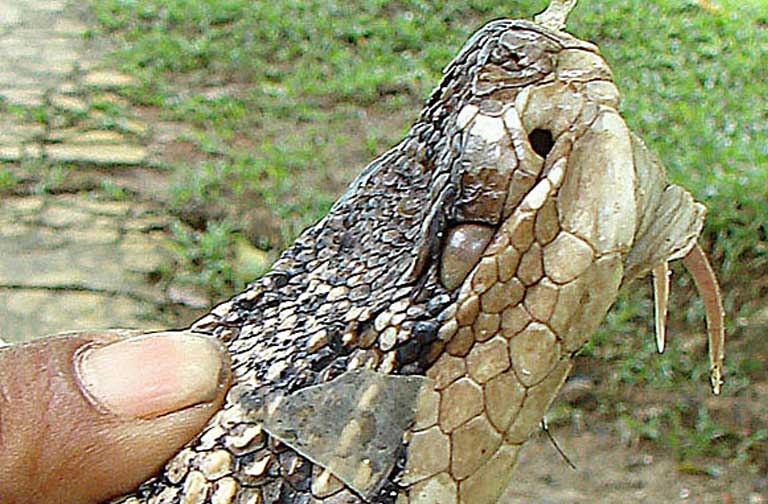
- Until recently, hundreds of Cuban doctors staffed many remote indigenous health facilities in the Brazilian Amazon and around the nation, an initiative funded by the More Doctors program set up by President Dilma Rousseff in 2013.
- But far-right President Jair Bolsonaro radically restructured the program, and Cuba — calling Bolsonaro’s demands unreasonable — pulled its doctors out.
- That withdrawal heavily impacted indigenous groups. Of the 372 doctors working within indigenous communities, 301 were Cuban. The Ministry of Health says 354 vacancies have since been filled by Brazilian doctors, but indigenous communities say many new doctors are unwilling to stay long in the remote posts.
- Bolsonaro has hindered rural health care in other ways: 13,000 indigenous health workers have remained unpaid since February or April, depending on the region, after the Brazilian Minister of Health stopped providing resources to the 8 NGOs contracted to provide health services to 34 Special Sanitary Indigenous Districts.
Last February, a Mongabay reporting team travelled to the Brazilian Amazon, spending time with the remote Sateré-Mawé, documenting their culture and long-time conflict with mining companies and land grabbers. This series looks at new threats imposed on the Sateré and indigenous groups across Brazil as they’re threatened by the ruralist-friendly policies of President Jair Bolsonaro.
It was 10 o’clock in the morning when he felt the bite. Now, 20 minutes later, Raimundo, a Sateré indigenous man, lies ill at the foot of a copaiba tree and realizes the great danger he is in. Incapacitated within the vastness of the Amazon rainforest, medical help is many miles and hours away.
“He saw [the snake] out of the corner of his eye, not long enough to see it properly, but thought it was a pit viper,” a deadly venomous snake, says his father-in-law.
Raimundo lives in the indigenous village of Kuruatuba, within the Andirá-Marau indigenous reserve, on the banks of the Andirá River bordering Pará and Amazonas states. Most days Raimundo is up early, awaiting the first rays of sunlight before immersing himself in the forest, carrying on his back a jamanxim, a woven straw basket.
He only returns home after filling the containers in his pack-basket with amapá milk and copaiba oil — fluids tapped from trees native to the Amazon basin, Copaifera and Brosimum, respectively. Copaiba oil is used by the perfume industry as a fixative, and in alternative medicine due to its anti-inflammatory and antibacterial properties. Amapá milk is widely utilized regionally to treat gastritis and respiratory problems.
But now Raimundo is in trouble, and could soon be dead.
Disappearing indigenous rural healthcare
The snakebite incident occurs deep in the forest, just as Raimundo is about to start work. The poison spreads rapidly throughout his body, making it difficult to walk. He realizes that, all alone in the forest, he may die. But, staggering down the path toward home, he is found by a relative. Together they get to the village by late afternoon.
Kuruatuba is one of five villages possessing health centers along the upper reaches of the Andirá River. Cuban doctors used to staff these facilities, funded by the More Doctors program set up by the Dilma Rousseff government in 2013.
But the program was radically restructured by President Jair Bolsonaro, who took office in January, and Cuba pulled its doctors out.
Now the only facility staff are nurses and nursing assistants. The center is also short of drugs and doesn’t have snake antivenoms, as these have to be kept refrigerated, and the energy supplied by a diesel generator is intermittent. This is the reality, despite the fact that snakebite is one of the great risks of living in the remote Amazon.
The nurses treat Raimundo as best they can. Then he sets off at dark with his father-in-law, a nursing assistant, and a pilot in a fast, motorized canoe on a 10-hour trip downriver to the nearest hospital at the port of Parintins on the Amazon River.
He knows he could die on the way.
A dangerous journey
The trip doesn’t go as planned. It’s dangerous to travel at night along Amazon rivers, something only done in emergencies.
The boat hits a submerged obstacle, capsizes and sinks. The men struggle ashore. While the pilot and nursing assistant set out for help in Vila Nova, the nearest village, Raimundo and his father-in-law wait in the dark on the riverbank. They’re cold, bitten by mosquitoes and fearful of further encounters with poisonous snakes.
“At this time of year, when the river is in flood, snakes generally stay on river banks at night,” explains the father-in-law. Raimundo feels his odds of survival sinking.
Meanwhile, the pilot and nursing assistant make slow progress. There’s no path by the river, so they tread through the shallows, and swim when the water gets too deep. They spot another pit viper, this one in the water, but luckily escape without accident.
They reach Vila Nova at 6am, then rush upstream by motorized canoe to rescue Raimundo. He’s still alive. They take him to another health center, where he’s transferred to a faster boat, an ambulancha, for transport to Parintins. But even then, the journey isn’t easy; passengers must at one point jump in the water and push the boat over a fallen tree.
Finally, the ambulancha arrives at the hospital. It is mid-afternoon, almost 30 hours since Raimundo was bitten.
Lack of healthcare can lead to disability — and self-sufficiency
Raimundo survives, but his chances of making a full recovery are remote. “In these cases, even when patients don’t die, they usually have to have a limb amputated or lose the use of a limb,” explains Daniel dos Santos, the pilot of the motorized canoe that took Raimundo on the first leg of his journey from Vila Nova to Parintins.
This is what happened to Sônia Miquiles, who lives in Campo Branco, a small village on the banks of the Mariaquã River outside the boundaries of the Andirá-Marau indigenous reserve. While working away from her village at a subsistence farm plot, Sonia was bitten by a bushmaster, one of the Amazon’s deadliest snakes. She spent two months in hospital in Parintins. Against the odds, she survived, but her right hand was permanently paralysed.
In the face of her daunting disability, Sonia taught herself ingenious methods for carrying out daily activities with one hand.
It was with this hand that she personally birthed Christopher, the youngest of her children. As she worked the village’s plot early one morning, the infant’s time to be born arrived. When her contractions intensified, Sonia crouched down, and pulled the baby out of her own womb, cut the umbilical cord, then walked back to the village — her sixth child in her arms.
Sonia’s mother had helped her when her first child was born, and she taught Sonia indigenous tricks for facilitating childbirth. Employing this ancient knowledge, Sonia was able to deliver her other children on her own.
Her fame as a midwife grew and over the years she helped many other babies — the children of nieces, neighbors, daughters-in-law and others — to enter the world. Sonia explains a few techniques: sometimes she needs to invert the baby in the womb so that its head faces down, ready to arrive. She uses warm water to gently massage a pregnant woman’s belly, then it’s just a matter of waiting, she says. “Doctors don’t know any more how to turn a baby in the womb and they don’t like waiting.” This is why so many women must have C-sections, she maintains.
Sonia doesn’t need doctors for childbirth, but she fears her children will die in a health emergency.
“There is no health post here, no transport.… If someone gets seriously ill or has an accident, all that can save them is good luck,” she laments.
Bolsonaro policies impacting indigenous medical care
According to Erasmo Batista de Oliveira, president of an indigenous health association active in the upper Andirá River, the dire healthcare situation in rural areas isn’t much different in the five villages that possess heath centers. “With the withdrawal of the Cuban doctors, it’s become very difficult to help patients,” he says.
The Cubans left the More Doctors program in November of last year when president-elect Bolsonaro proposed changes to the healthcare program that Cuba refused to accept. The ending of the program was widely expected, because Bolosnaro had frequently declared during his presidential campaign that he would “expel” the doctors, whom he denounced as “communist propaganda agents.” The Cuban health ministry says that, once in office, Bolsonaro questioned the qualifications of their doctors, demanding that they all acquire Brazilian diplomas and then be contracted individually — conditions that he must have known would be unacceptable to Havana.
Indigenous villages felt the impact immediately. Of the 372 doctors working within indigenous communities, 301 were Cuban. According to the Ministry of Health, 354 vacancies have now been filled by Brazilians. But the Sateré-Mawé of the upper Andirá River say this isn’t their experience, as no doctors have filled their vacant health posts.
Even when Brazilian doctors take up the jobs, they find it hard to adapt to the tough Amazonian way of life. As a result, many indigenous people say that the availability of care has declined. “The Brazilian doctors who replace the Cubans won’t stay here,” says Batista de Oliveira.
“The Cubans came and spent 15 to 20 days here, without leaving,” explains Daniel dos Santos, who has provided transport for patients and health professionals for eight years. The Cubans “would go out of their way, at any time of day or night, to help a sick person. The Brazilian doctors who came to replace them spend two or three days here and became desperate to leave.”
Daniel is one of 13,000 indigenous health workers who have remained unpaid since February or April, depending on the region, after the Brazilian Minister of Health, Luiz Henrique Mendetta, stopped providing resources to the eight civil society organizations contracted to provide health services to 34 Special Sanitary Indigenous Districts (DSEIs). For a few health workers, the budget freeze occurred back in October 2018.
According to the health workers, along with their inability to pay their employees’ wages, some DSEIs don’t have the money for medication, fuel, medical tests, vaccinations and patient transport.
The minister justified the drastic step of freezing resources by making vague unsubstantiated references to “corruption,” claiming that a great deal of money was spent on indigenous health, compared with the outlay on the rest of the Brazilian population, and that the system had to be restructured.
As a result, it is alleged that at least three children died in the space of 11 days in April due to a lack of adequate care inside the Xingu Indigenous Park, located in Mato Grosso state, according to Repórter Brasil. In a press release, the Catholic Church’s Indigenous Council (CIMI) blamed Bolsonaro directly for the deaths, saying that it was unacceptable, in the name of policy reformulation, to allow more indigenous people to die — this being the minority group who, throughout the country’s history, had suffered most from the Brazilian state’s genocidal policies.
On 1 August, the health ministry finally launched a new program to replace More Doctors; the ministry says it will be contracting 18,000 doctors,13,000 of whom will be sent to inaccessible municipal districts.
Some analysts say the loss of the Cuban doctors and freezing of funds are part of a government plan to dismantle existing federal indigenous healthcare programs, and point to several pieces of evidence:
Since taking office, minister Mandetta has pressed for the decentralization of indigenous healthcare. As part of that process, he initially planned to shut down SESAI (The Special Secretariat for Indigenous Health), forcing municipalities to take on the responsibility for indigenous healthcare in their areas.
However, he withdrew this plan after more than 30 indigenous protests erupted in different parts of the country. But, to date, Mandetta has only partly fulfilled his promise to keep SESAI alive. Decree 9,795, issued by Bolsonaro in May, restructured the body, abolishing its democratic and participatory nature.
Mandetta critics note that he is a ruralist, part of the lobbying group that has historically pushed for rural elites to take over indigenous lands in order to profit from expanded agribusiness and mining. Those critics point out that the loss of healthcare services weakens indigenous communities, potentially forcing them to rely on favors from companies and landowners for services that they should have as a right.
“What we are seeing is a return to the policies of assimilation of the 1960s and 1970s, when the policy was to dismantle services, leaving these people in an extremely vulnerable situation, to make it easier to open up indigenous territory to mining,” says Roberto Liebgott, CIMI’s Southern Region coordinator.
Reshuffling healthcare agencies and priorities
Currently, Bolsonaro adminstration officials are touting the “integration” of SESAI with the SUS, Brazil’s national health system. As part of this integration, the responsibilities of the federal indigenous health service would potentially be handed over to municipal governments, which, according to many analysts, would cause indigenous needs to be deprioritized over other populations.
The Articulation of the Indigenous Peoples of Brazil (Apib), one of Brazil’s leading indigenous rights organizations, believes that placing SESAI under SUS, is a government strategy for forcing municipalization of healthcare.
As policy attacks by the president and minister against the indigenous health service continue, the quality of already precarious medical assistance provided to indigenous people appears to be worsening.
Dézio Barros, who runs a commercial boat service from Parintins to the Sateré-Mawé reserve, is in daily contact with indigenous people. He says he has witnessed desperate situations in recent months: “Imagine what it means to remove doctors from areas like this one, where a patient has to travel in a tiny riverboat, sitting in the sun and rain for 15 hours, until he or she reaches us and then has to face a journey of at least another 15 hours to get to a city.”
So it is that Raimundo’s ordeal — requiring nearly 30 hours to reach a hospital for critical care — is by no means exceptional. Instead it appears to be emblematic of unfolding Bolsonaro government policies.



